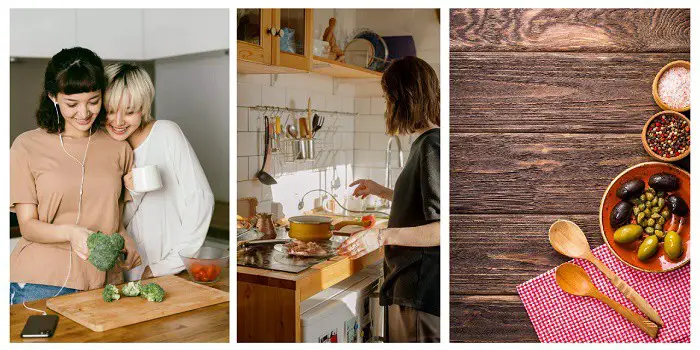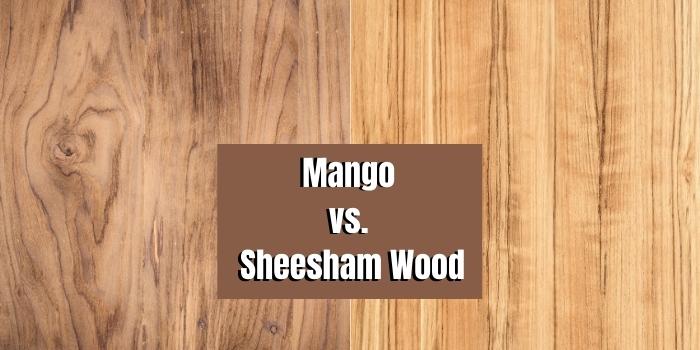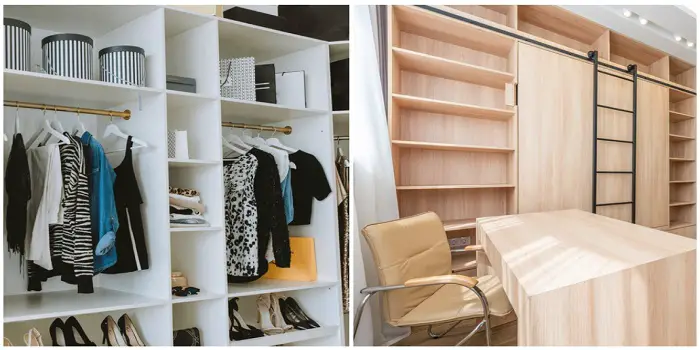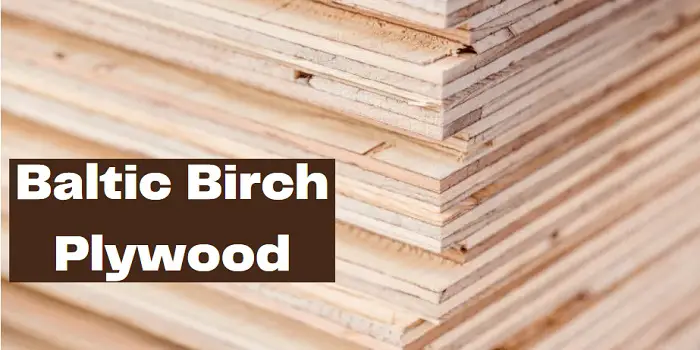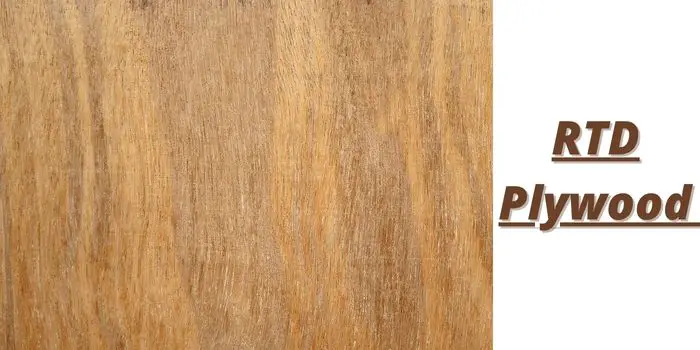
If you’ve never worked in construction before, understanding the sector can be difficult.
Even in the plywood section, many individuals are overwhelmed by the options available to them.
RTD plywood is a newer type of material that’s starting to be used more often for exterior purposes.
If you’re wondering what makes it unique and different from other forms of plywood, like CDX, here’s a bit of information for you before you get started.
RTD Plywood
Many new homeowners and even contractors believe that RTD plywood is a more advanced and improved variant of CDX plywood, which has been utilized in numerous previous projects.
But the truth is the initials “RTD” do not indicate the grade of the plywood – they actually stand for “Resistance Temperature Detector.”
This detector is an essential component in the creation of RTD plywood as it gives readings of each layer’s temperature during the joining process on the plywood sheet.
You may ask, why does temperature matter?
RTD plywood is considered to be one of the highest-quality because the companies take care to measure and record the temperatures during its production process.
Doing so helps ensure that layers bond together well, which in turn reduces problems like delamination often found in other types of plywood.
RTD Plywood Grades and Uses
RTD plywood is so versatile that it can be used for numerous applications, including floor underlayment, wall paneling, roofing, ceilings, furniture, cabinetry, and other basic structures such as sheds and patios.
But before you plan to use this type of plywood, it’s important to know that.
RTD plywood is manufactured as either an Exposure 1 rated or an Exterior rated panel – be cognizant of which you’re purchasing.
Exposure 1 essentially states that it can be exposed to dampness, but it should not be expected to withstand continuous moisture for an extended duration.
During the building process and construction, for example, Exposure 1 rated plywood (also called “CDX”) may endure moistness and can be a good option.
Furthermore, because the air may circulate around the plywood and keep it from becoming too soggy, subflooring made of Exposure 1 could be a fantastic alternative.
Exterior panels, often called RTD sheathing, are perfect for withstanding repeated moisture exposure.
They’re waterproof and can be used in any area where leaks or condensation are a concern.
The RTD sheathing works especially well on roofs and other external surfaces where they need to hold up constant moisture for an extended time.
| Advantages | Disadvantages |
| 1- Won’t delaminate or come apart easily | 1- Fairly expensive |
| 2- Resistant to extreme weather conditions and impacts | 2- Not visually appealing |
| 3- It’s also fairly flexible and resistant to boiling water and pests | 3- It’s not quite 100% waterproof |
| 4- Structurally sound, weight-bearing, and holds onto screws well |
RTD or CDX Plywood – What’s a Better Option?
The key difference between RTD plywood and CDX plywood is that RTD plywood uses unique technology to create better quality plywood, while CDX plywood shows the actual rating system of the plywood.
Many people are concerned as to whether they should utilize RTD or CDX plywood in their future projects.
While this may be hard to answer, most woodworking experts agree that RTD is the superior option.
If you want to build anything that does not need an ideal surface, CDX plywood is still an excellent product; that’s the reason why it’s preferred as a subfloor in new construction.
That said, more contractors are today turning to RTD simply due to the advantages it offers in terms of stability and longevity.
Because RTD plywood is made with a cross-directional layering of wood veneers, it is more dimensionally stable than its CDX counterpart.
This stability makes sheets of RTD plywood ideal for use in applications where the plywood will be exposed to moisture or high humidity, as it is less likely to warp or swell.
What is a CDX Plywood – Understand the Rating Before You Buy
For beginners, CDX plywood basically means:
- The veneer grade on one side of the plywood is “C,” while the other side has a veneer grade of “D.
- The letter ‘X’ in CDX indicates the kind of glue used during manufacturing to adhere the plywood veneers together.
Remember, the “X” in CDX plywood does not stand for “external,” as many people believe.
It actually stands for exposure, which means that the plywood can resist a small amount of moisture contact over a brief time period.
Before you can choose which sort of plywood is ideal for your project, you must first grasp what plywood rating is.
Plywood is rated by the number of flaws or blemishes that may be found on its surface. Three-letter grades are the most frequent, where the first two will range from A to D.
- The first letter of the code reveals the front side of the plywood, while the second denotes the back.
- The last letter stands for the type of adhesive used to bind together different layers of plywood.
- For construction purposes, X is what people want as it can withstand exposure to moisture and bad weather temporarily.
The thing to note here is that the fewer blemishes a sheet of plywood has, the higher its grade will be.
It is generally found that each category after A generally contains more characters than the one before it.
For example, a D-rated sheet usually has many open knots and splits that aren’t corrected with filler material.
Sheets with an A rating are more finished and are often used for finished projects like cabinets or furniture because they have the fewest imperfections.
Final Thoughts
RTD in RTD Plywood stands for Resistance Temperature Detector, which is basically the technology used to create plywood.
Due to the unique technology to create the product, this type of plywood comes with enhanced durability and can last longer than many other regular plywood options.
If you plan to use plywood for your flooring or furniture projects such as shelving, cabinets, etc., then you will definitely want to go with RTD Plywood.
Just make sure you are buying the plywood from a reputable source so that you can get the best quality product for your money.

Hi, I am Mark Garner a professional carpenter, woodworker, and DIY painter. I live in the small city of Peoria, Arizona as a semi-retired woodworker. I have started this blog with a simple motive to help you with my wood experience in this sector. If you like to know more about what I love doing and how it all got started, you can check more about me here.

